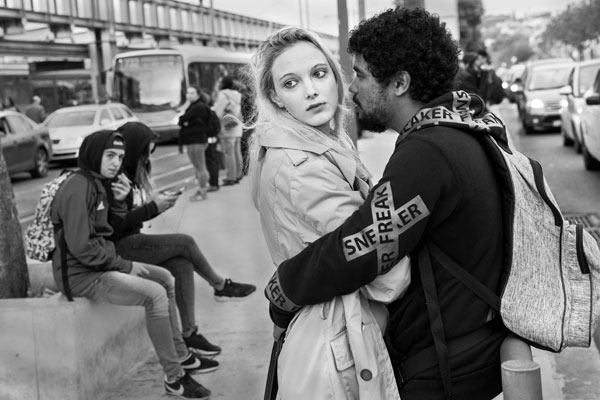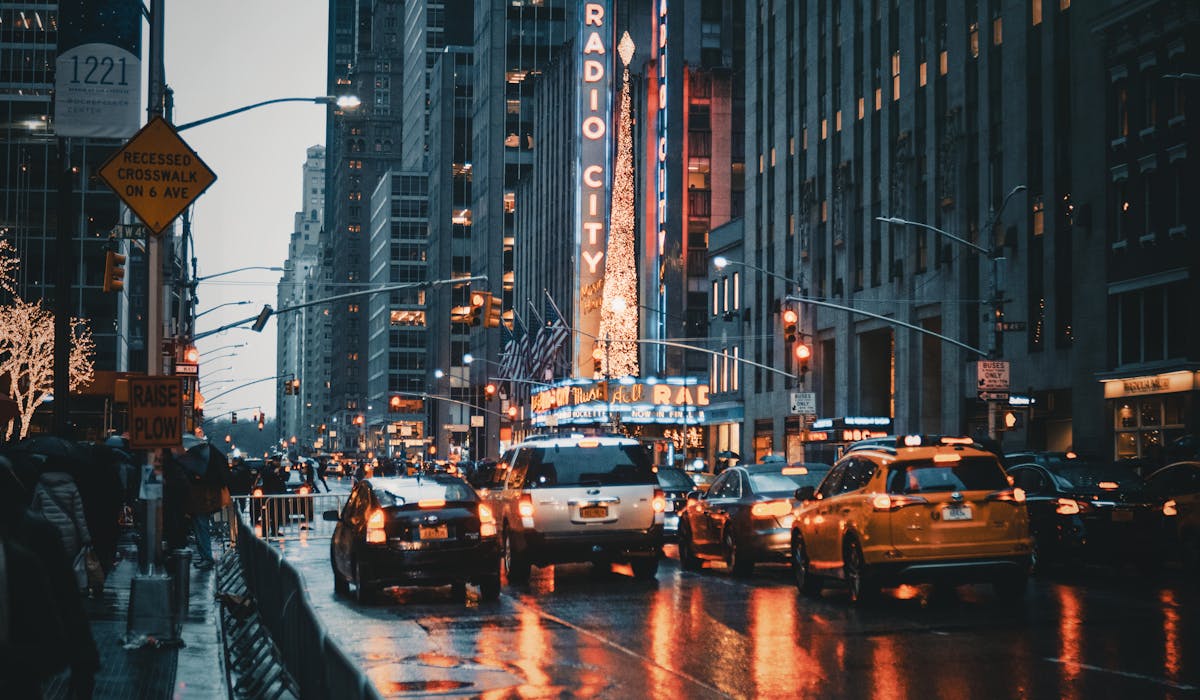The 6-Second Trick For Framing Streets
The 6-Second Trick For Framing Streets
Blog Article
The Best Guide To Framing Streets
Table of ContentsFraming Streets - TruthsA Biased View of Framing StreetsThe 5-Second Trick For Framing StreetsFraming Streets Fundamentals Explained

Both at the Museum of Modern Art (Mo, MA). Motivated by Frank, in the 1960s Garry Winogrand, Lee Friedlander and Joel Meyerowitz started photographing on the roads of New york city. Phil Coomes, creating for BBC Information in 2013, said "For those people thinking about street digital photography there are a couple of names that stand apart and one of those is Garry Winogrand"; doubter Sean O'Hagan, creating in in 2014, stated "In the 1960s and 70s, he specified street photography as a mindset as well as a style and it has laboured in his darkness ever because, so clear-cut are his photos of New york city." Returning to the UK in 1965 from the US where he had fulfilled Winogrand and adopted street photography, Tony Ray-Jones turned a wry eye on typically unique groupings of British people on their holidays or joining celebrations.
Street digital photography is a large style that can be defined in lots of means, yet it is often defined by the spontaneous catching of an unrepeatable, short lived moment, frequently of the day-to-day going-ons of unfamiliar people. It is typically shot with bigger angle lenses (e. g. 35mm) and usually features metropolitan settings.
Getting My Framing Streets To Work
Docudrama professional photographers typically have a specified, deliberate message and an intention to videotape certain occasions in background (https://www.pubpub.org/user/david-turley). The range of the docudrama strategy includes elements of journalism, art, education and learning, sociology and history. In social investigation, docudrama pictures are commonly meant to prompt, or to highlight the demand for, social modification
Road digital photography is typically seen as unposed and candid, however there are a couple of road professional photographers who connect with strangers on the roads and take their pictures. Street portraits are unplanned pictures taken of unfamiliar people while out doing road photography, nonetheless they are viewed as postured since there is interaction with the topic.
e. 'honest photography' by definition) for art objectives has been debatable. Photographing individuals and places in public is legal in a lot of countries securing civil liberty and journalistic liberty. There are normally limitations on exactly how photos of individuals might be used and most countries have specific legislations pertaining to individuals's personal privacy.
Excitement About Framing Streets
While the common-law provinces adhere to the United Kingdom, with regard to the liberty to take pictures in a public place, Quebec legislation gives that, in many scenarios, their publication can happen only with the authorization of the subjects therein. The European Union's Person Rights Act 1998, which all EU nations need to promote in their residential regulation, develops in a right to personal privacy. The right to personal privacy is shielded by Article 8 of the convention. In the context of digital photography, it stands at odds to the Short article 10 right of freedom of speech. Because of this, courts will generally consider the public passion in stabilizing the legal rights with the lawful examination of proportionality. While also limiting digital photography in order to protect personal privacy rights, street digital photography can still be lawful in France when sought as an art kind under particular scenarios.

. who simply roamed right into a scene), or who are not also well-known in the picture. https://www.storeboard.com/framingstreets. It likewise does not generally include individuals that are somebodies (e. g - Street photography. political leaders or celebrities). If a photo is thought about art, the courts will also take into consideration the digital photographer's flexibility of artistic expression; indicating that "artistic" road digital photography can still be site web lawfully published in particular cases
10 Simple Techniques For Framing Streets
Photographing the police and publishing the photos is additionally legal.
In Hungary, from 15 March 2014 any person taking photographs is practically breaking the regulation if a person wanders right into shot, under a brand-new civil code that forbids taking images without the approval of everybody in the photo - Street photography hashtags. This increases the law on grant include the taking of photos, along with their publication
'Surprise digital photography' (kakushidori concealed, surreptitious photography) 'taken digital photography' (nusumitori without purpose of obtaining authorization) and "quick digital photography' (hayayori before consent and refusal can be provided) are restricted unless in the former permission is gotten from the subject immediately after taking the picture. People have legal rights to their images (shzken, droit de photo).
Report this page